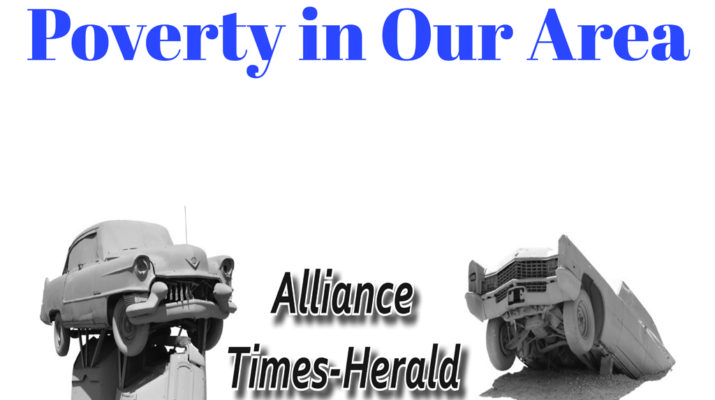American society is often sorted into three economic classes: poverty, middle class, and wealth. Each of these groups has different values, skill sets, and ways to respond to different situations. A major focus of Bridges Out of Poverty is to understand the behaviors of each group, and how we can better work with those who live in poverty today. For the next two columns we will look at the history of these classes and how they developed in America, beginning with wealth. Then we will compare behaviors, hidden rules, and language of each class to better understand the barriers unintentionally created for people who live in poverty.
America is a capitalist nation where some have great wealth. Europeans discovered the Americas in the late 1400’s and began to establish colonies in what is now the United States in the early 1600’s. Most indigenous people died of diseases new to the continent, and the Europeans forced the remaining native populations westward. Colonists were in awe of the vast open lands and natural resources of this land they had just discovered. Claiming these resources allowed early settlers to amass great wealth and hold large tracts of property.
Early in the 1800s wealth was gained through the fur trade, fulfilling demand throughout Europe and Asia. Discoveries of gold in the 1840s, 1870s, and 1890s brought riches to lucky miners. Replacing whale oil with kerosene, a petroleum product, also meant prosperity.
Most early Americans were involved in agriculture. Inventions like the plow and the reaper, and slavery in the South, allowed Americans to farm larger tracts of land and earn even more. Inventions lead to the rise of manufacturing. Steamships and railroads were developed in the 1800s, allowing goods to be transported. After the Civil War, we had our industrial revolution and developed factories.
Think of the robber barons of the late 1800’s and early 1900’s. The term was typically applied to businessmen who exploited others to amass their wealth. Their practices included controlling natural resources, influencing high levels of government, paying low wages, squashing competition by acquiring their competitors to create monopolies and raise prices, and selling stock at inflated prices to unsuspecting investors.
Their wealth was achieved primarily through the industrial revolution. They took America from a nation of farmers and small-scale craftspeople to one of factories and transportation. The names included men like John D. Rockefeller, John Jacob Astor, Andrew Carnegie, J.P. Morgan, William Randolph Hearst, and Cornelius Vanderbilt. Their heirs continue to control a great deal of wealth.
According to Forbes Magazine, in 2021 there are 724 billionaires in the United States today. Many started technology companies, many have inherited wealth, and many are entertainment or sports figures. Eight of the top ten wealthiest people in the world are Americans: Jeff Bezos (Amazon), Elon Musk (Tesla and SpaceX), Bill Gates (Microsoft), Mark Zuckerberg (Facebook), Warren Buffet (Berkshire Hathaway), Larry Ellison (Oracle), Larry Page (Google), Sergei Brin (Google). Wal-Mart heirs Jim, Rob, and Alice Walton are each worth about $68 billion. Bezos, now retired, is worth $177 billion, and his ex-wife’s wealth is $60 billion.
Along with this rise of the super-rich, we are seeing an increase in income inequality. More people every year are dropping from the middle class into poverty. Next week we will look at how America created a strong middle class.

